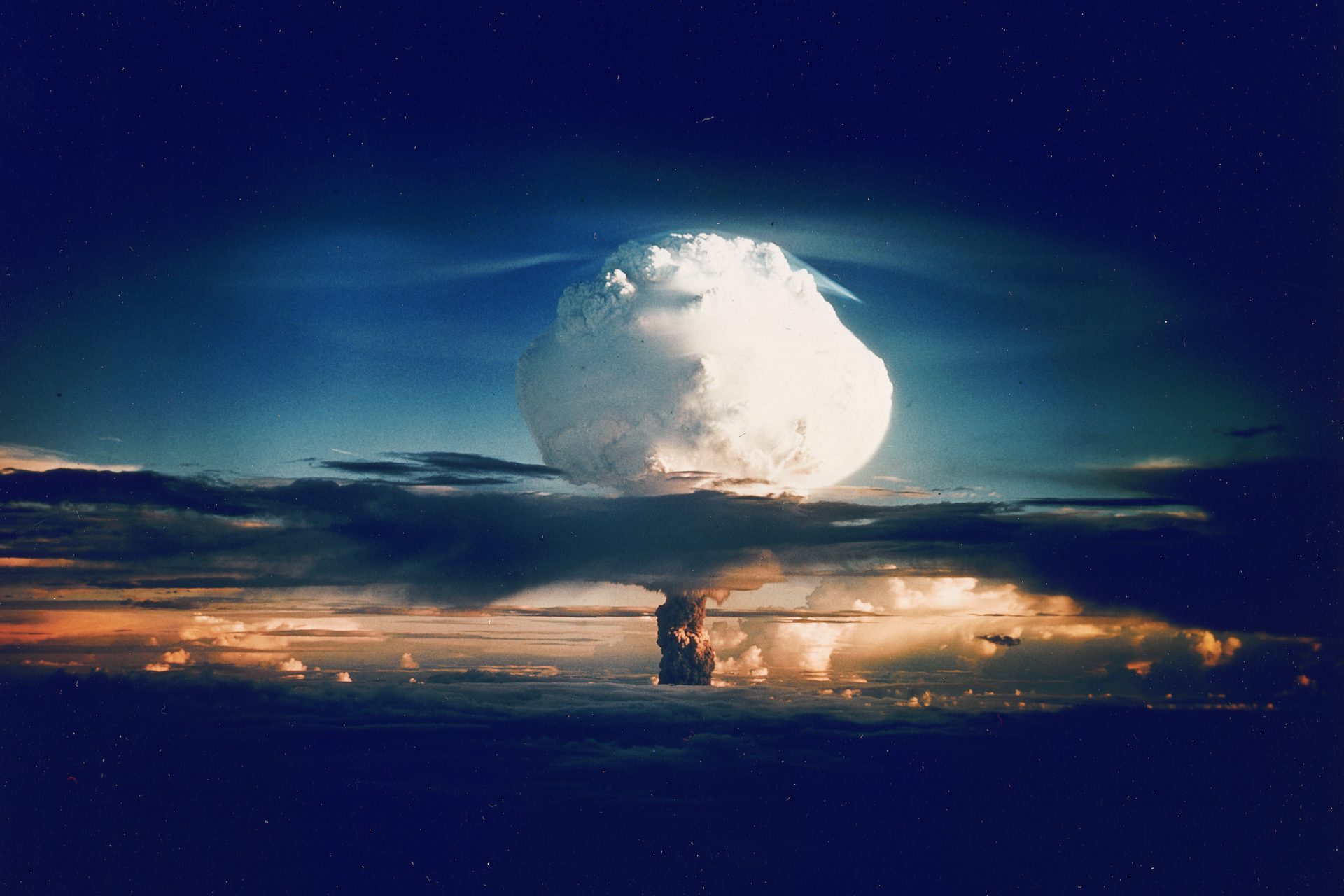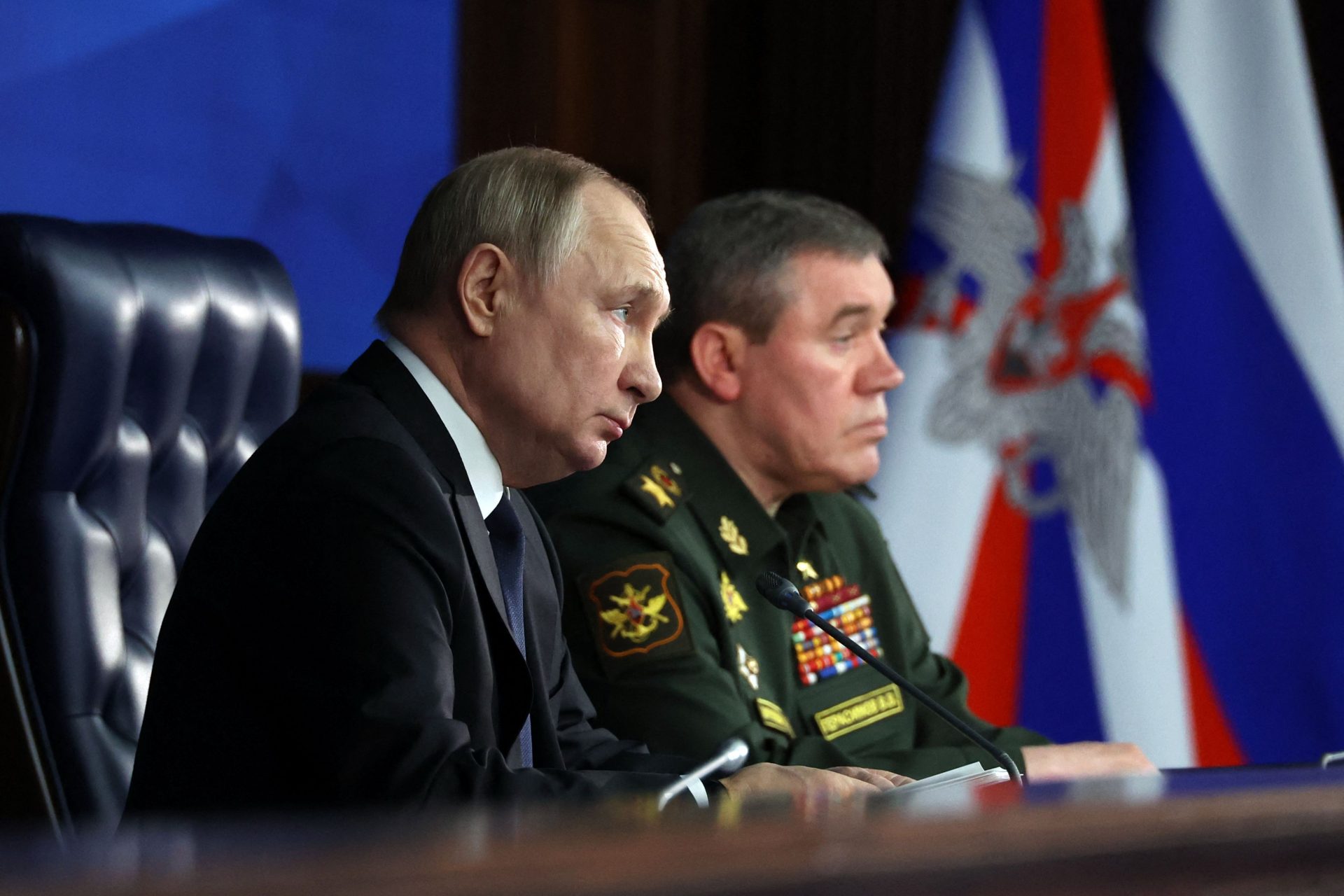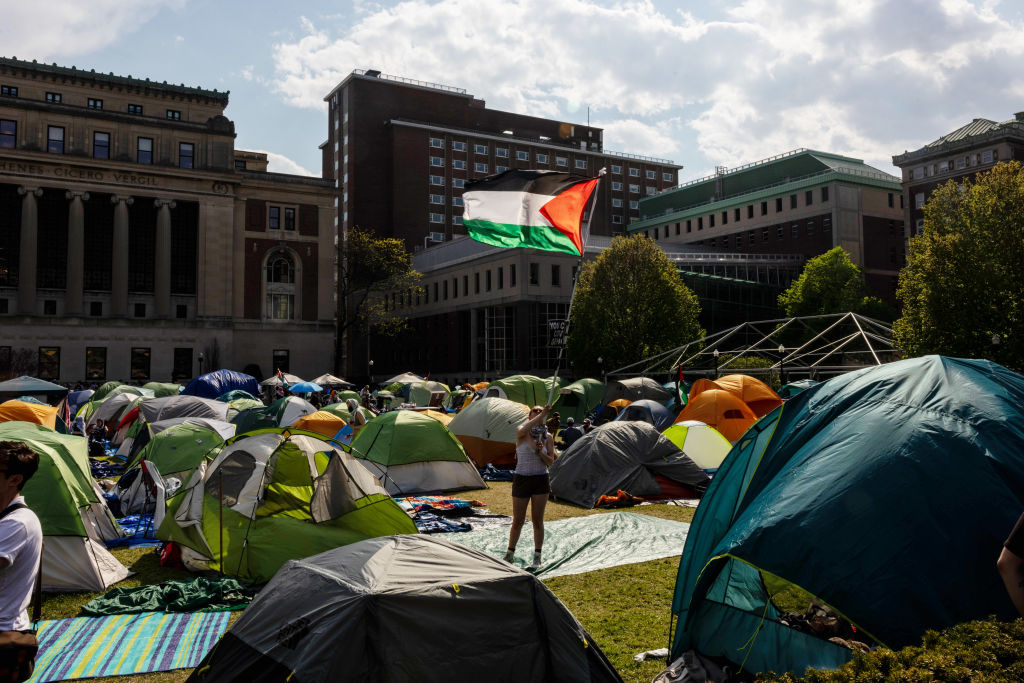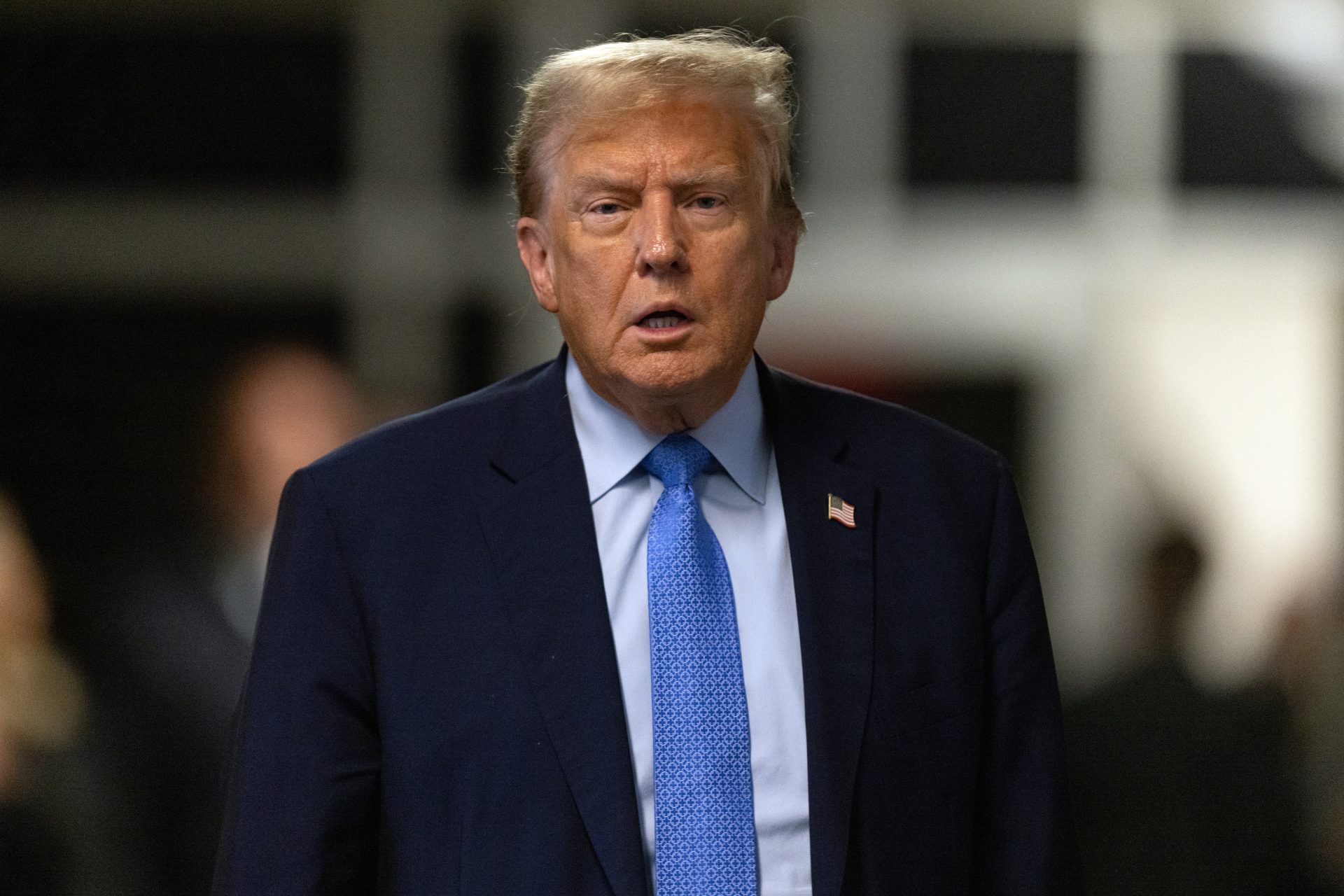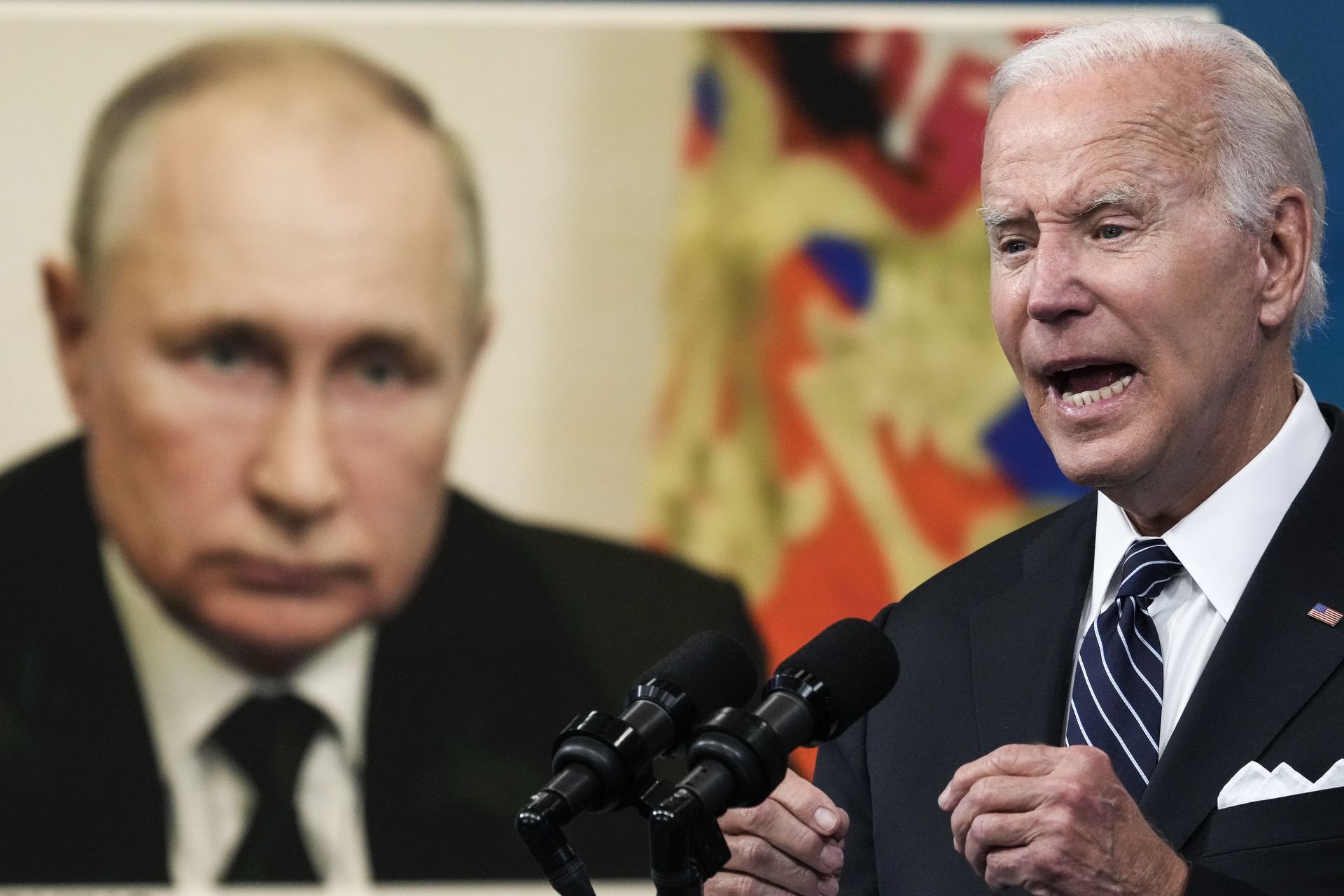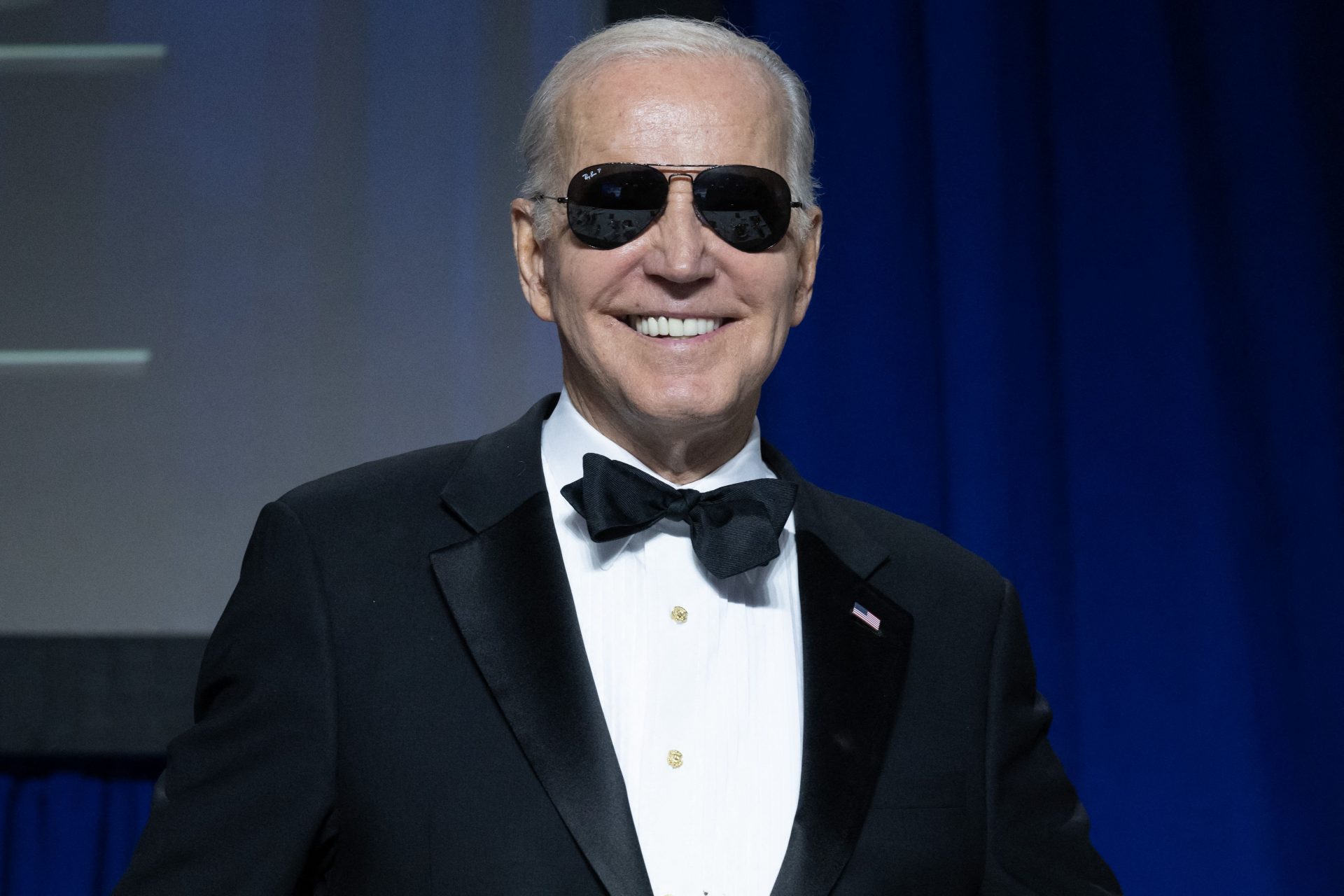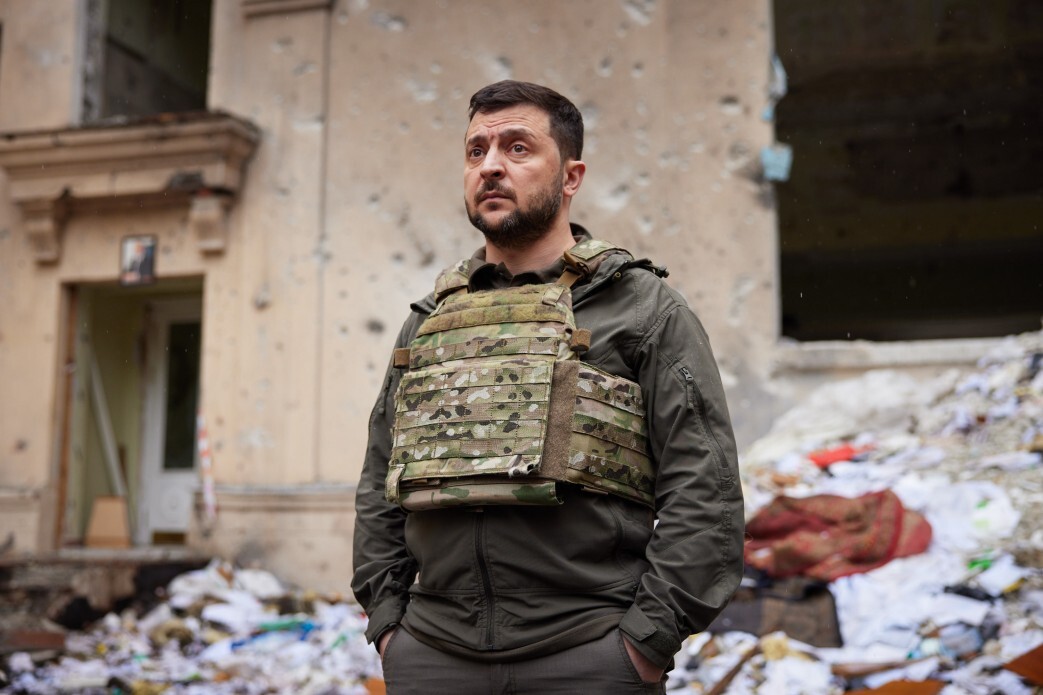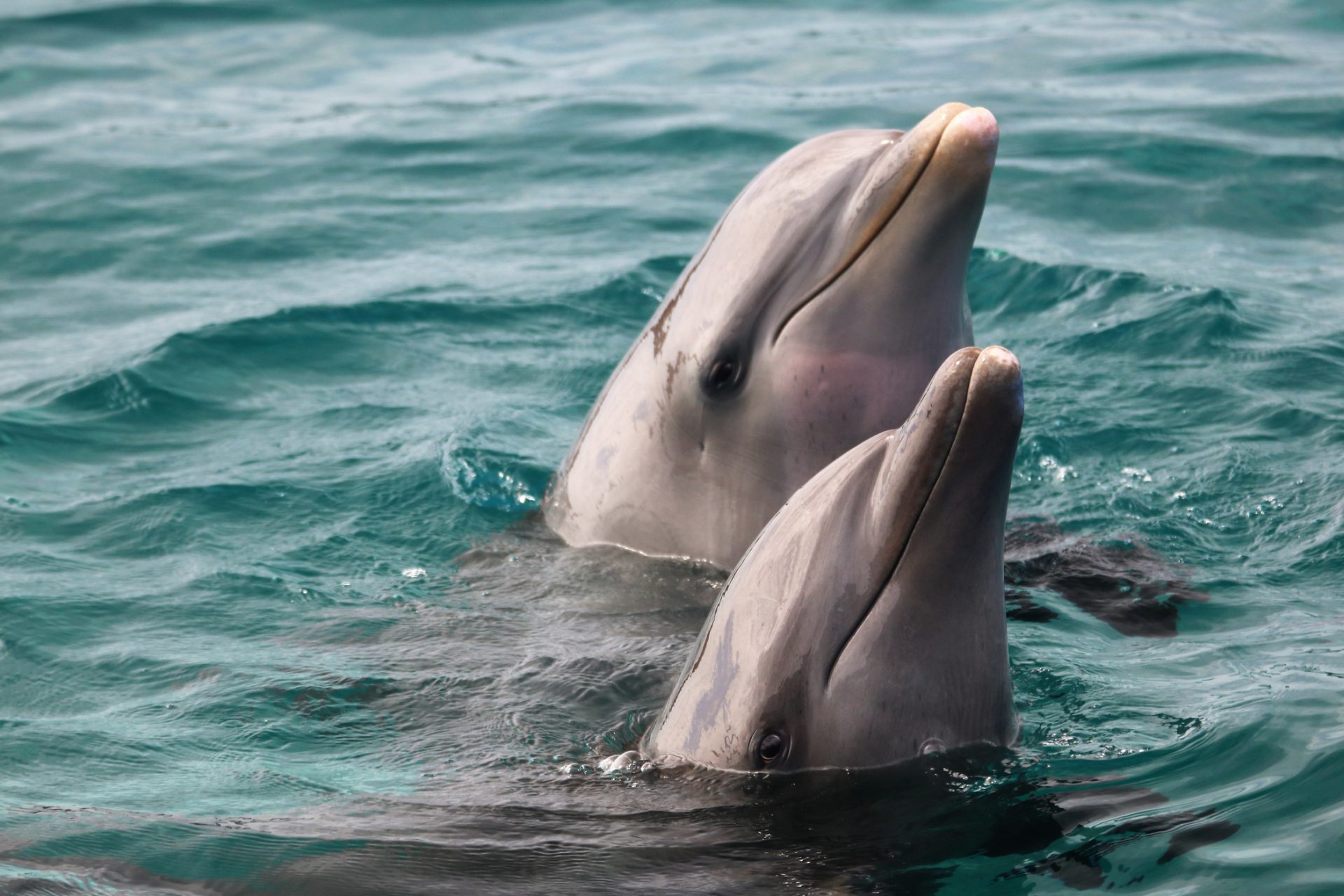Balance of Terror? Mutual Assured Destruction and how it defined the Cold War
With the mounting tension between the Russian government headed by Vladimir Putin and the Western nations, many are wondering what happened to the principle of Mutual Assured Destruction that helped to create a balance during the Cold War.
Mutual Assured Destruction, or MAD for short, was the military doctrine that was based on the principle that a single nuclear attack would be met with an immediate counterattack of similar or greater scope.
Therefore, whoever did the first strike should do it massively, trying to destroy as much of the enemy as possible, lessening the immediate retaliation.
However, given that an atomic war would essentially cause worldwide nuclear annihilation, either side would be deterred to give the first step in such conflict by the threat of the other side.
This idea essentially established the foundations of the Cold War after World War 2, dividing the world into two opposite factions led by the United States and the Soviet Union.
Basically, the United States and the Soviet Union both produced and maintained the largest nuclear arsenal in the world, keeping the other in check from expanding beyond its spheres of influence.
At the same time, the Socialist East and the Capitalist West would engage in a series of proxy wars that would turn the world into a game board.
The United States and several countries from Western Europe formed the North Atlantic Treaty Organization, as a mutual defensive alliance.
The Socialist Bloc headed by the Soviet Union signed the Warsaw Pact as a response.
Tensions came to a critical point during the Cuban Missile Crisis. The United States had installed missile silos in Italy and Turkey, which the Soviet Union responded by doing the same on the island of Cuba.
Fortunately, US President John F. Kennedy and Soviet Premier Nikita Khrushchev scaled down tensions before getting into a point of no return.
Parity was the name of the game. There was the space race, the arms race, the Olympic Games.
Everything was competition between the Soviet Union and the United States to see who the biggest superpower was.
This all came to an end in the late 1980s, with the physical fall of the Berlin Wall and the metaphorical fall of the Iron Curtain.
Scholars and political scientists hailed it as The End of History, it seemed that the liberal democratic West had won the Cold War. However, many admit in hindsight that things got fast and loose.
However, while the Warsaw Pact dissolved in the Socialist Bloc, NATO continues to be alive and well, expanding and (according to some) being a source of provocation.
Ukraine, which in the early 1990s had the sixth-largest nuclear arsenal in the world, returned its bombs to the Russian Federation under a trilateral treaty signed with the governments of Moscow and Washington, D.C.
Of course, any deals and treaties between Russia and Ukraine are put aside ever since Putin’s ‘special military operation’ began in the Donbas region.
All eyes are on Vladimir Putin now, wondering if he would be capable to launch a nuclear attack on Ukraine.
That might seem unthinkable, but again, in January 2022, a full-on invasion of Ukraine seemed impossible.
Now, CNN reports that the United States and Russia combined have 90% of the nuclear weapons in the world.
Will we see another balance of terror between the two of them, or something less MAD and more insane?
More for you
Top Stories




